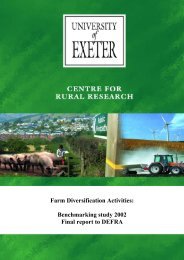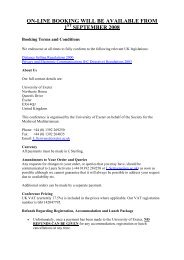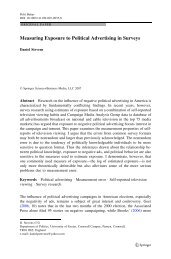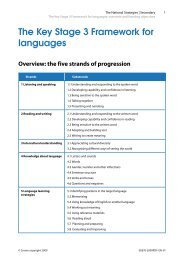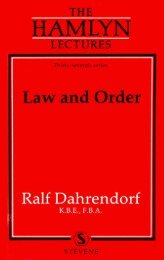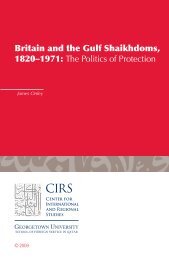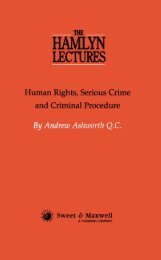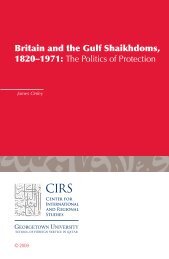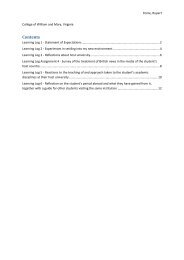Blackstone's Tower: The English Law School - College of Social ...
Blackstone's Tower: The English Law School - College of Social ...
Blackstone's Tower: The English Law School - College of Social ...
Create successful ePaper yourself
Turn your PDF publications into a flip-book with our unique Google optimized e-Paper software.
<strong>The</strong> <strong>Law</strong> Library<br />
seems to be almost as broad and as random as the contents <strong>of</strong><br />
a newspaper; there is, <strong>of</strong> course, some overlap, but a significant<br />
difference <strong>of</strong> emphasis. It would be interesting to contrast the picture<br />
and treatment <strong>of</strong> "public life" in the law reports and the news<br />
media, using modern methods <strong>of</strong> analysing and interpreting the<br />
content and form <strong>of</strong> the various kinds <strong>of</strong> publication. 28 One might<br />
conclude that they represent rather different kinds <strong>of</strong> distorting<br />
lenses on our social life.<br />
Here we have to be content with a few quick impressions. By<br />
chance, perhaps the most important case from a legal point <strong>of</strong> view<br />
that is reported in this volume relates to a spectacular national tragedy.<br />
Its presence is signalled rather cryptically (and not entirely<br />
accurately) in the Digest as follows:<br />
DAMAGES—Personal injury—Nervous shock—Disaster at football<br />
stadium—Persons with relatives at stadium seeing live broadcast<br />
<strong>of</strong> events<br />
Alcock v Chief Constable <strong>of</strong> South Yorkshire Police HL 907<br />
<strong>The</strong> case dealt with one aspect <strong>of</strong> the Hillsborough Stadium disaster<br />
in which 95 spectators were crushed to death and 400 were<br />
injured during the semi-final <strong>of</strong> the F.A. Cup on 15 April 1989.<br />
This report dealt with the culmination in the House <strong>of</strong> Lords <strong>of</strong><br />
proceedings by 15 plaintiffs who had been in a different part <strong>of</strong><br />
the stadium or who had heard about the disaster on television or<br />
radio and as a result had suffered nervous shock which caused<br />
psychiatric illness because they believed that a close relative or<br />
fiance(e) might have been one <strong>of</strong> the victims. <strong>The</strong> South Yorkshire<br />
Police had admitted liability in negligence to those who had suffered<br />
physical injury in the crowd, but denied that they owed a<br />
duty <strong>of</strong> care in negligence to onlookers (whether at the ground or<br />
through the media) who had suffered nervous shock resulting in<br />
illness. <strong>The</strong> plaintiffs claimed that the defendants were liable if the<br />
resulting illness was reasonably foreseeable. <strong>The</strong> House <strong>of</strong> Lords<br />
unanimously rejected all <strong>of</strong> the plaintiffs' appeals.<br />
From a social point <strong>of</strong> view the report is <strong>of</strong> interest because it<br />
focuses a very bright light on just one aspect <strong>of</strong> a tragic event that<br />
not only affected the victims, their families and the whole country,<br />
but also had considerable repercussions on such matters as the<br />
design <strong>of</strong> football stadiums and police practices <strong>of</strong> crowd control. 29<br />
From a legal point <strong>of</strong> view Alcock is a leading case because it put<br />
in issue a variety <strong>of</strong> issues about the duty <strong>of</strong> care in negligence that<br />
101



